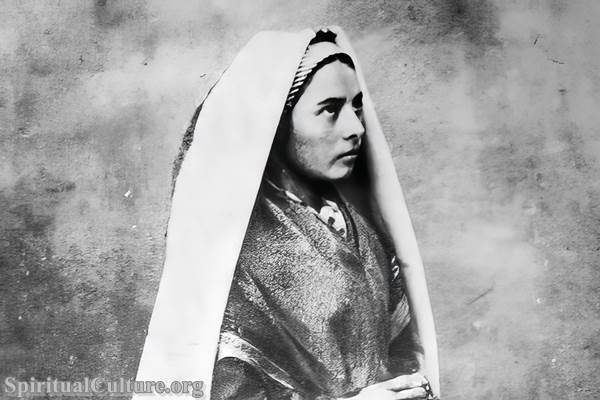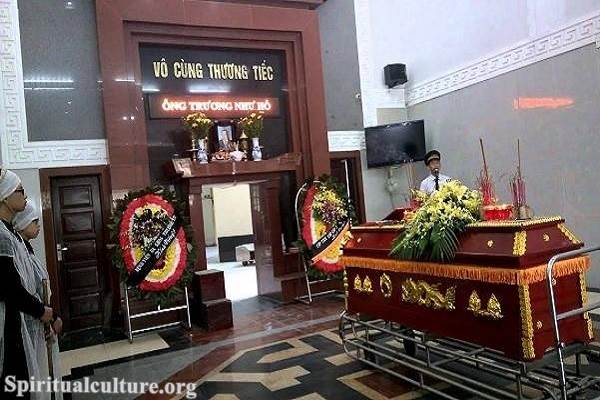The Catholic liturgical year is more than a calendar — it is a spiritual journey. It doesn’t merely mark time; it sanctifies it. Each season, each feast, each color on the altar invites the faithful not just to remember sacred history, but to enter into it. As “Spiritual Culture,” we invite you now to explore how the Church, through this holy rhythm of time, offers a path to deepen our life with Christ and to rediscover our place in the divine story.
In this article, we will walk through each season of the Catholic liturgical year — Advent, Christmas, Ordinary Time, Lent, the Triduum, and Easter. Along the way, we will reflect on the colors, symbols, and spiritual invitations each season brings. We will explore how this calendar is not just for clergy or theologians, but for every soul seeking meaning, transformation, and communion with God.
The Structure of Sacred Time: Why the Liturgical Year Matters
More than a Calendar: Time as Sacred
In modern culture, calendars often serve commercial or social purposes. But the Church’s calendar does something radically different — it teaches us to live time spiritually. The liturgical year helps us inhabit a sacred rhythm. We don’t just observe Christ’s birth or passion as events long past; we relive them, letting their mysteries shape our hearts anew.
As the Catechism of the Catholic Church explains:
“In the liturgical year, the various aspects of the one Paschal mystery unfold. This is also the year of the Lord’s grace…” (CCC 1163)
Every season becomes an encounter. Time becomes a teacher. The Church calls this a sacramental view of time — one where memory becomes mystery, and mystery becomes presence.
The Cycle of Light: From Waiting to Resurrection
The liturgical year is cyclical, not linear. It starts with waiting in Advent and ends with Christ the King. This cycle teaches us that life in God is not a straight line but a return, a renewal, a revolution of grace. Through repetition, we grow deeper — not redundant, but refined.
Advent: The Season of Longing
Waiting in the Dark
Advent marks the beginning of the liturgical year. It begins four Sundays before Christmas and is a season of expectation and preparation. The word Advent means “coming,” and it reminds us that Christ has come, is coming now, and will come again.
Symbols and Themes
- Color: Purple or deep blue, representing both royalty and penitence.
- Wreath and Candles: Each candle represents a growing light — hope, peace, joy, and love.
- Tone: Reflective, hushed, anticipatory.
This is not a season of frantic consumerism, but quiet hope. Like Mary, we are invited to ponder, to wait, to say yes. As the prophet Isaiah foretold:
“The people who walked in darkness have seen a great light…” (Isaiah 9:2)
Christmas: The Season of Incarnation
God Made Visible
Christmas begins on December 25 and extends for twelve days, ending with the feast of the Epiphany. It is not just about a baby in a manger — it is the profound mystery of God becoming human. The Word made flesh.
Symbols and Themes
- Color: White or gold, representing joy and purity.
- Nativity Scene: A visual theology of humility and divine presence.
- Tone: Celebration, awe, sacred intimacy.
This season invites us to see the sacred in the ordinary, the divine in the human. As the Gospel of John proclaims:
“And the Word became flesh and dwelt among us…” (John 1:14)
Ordinary Time (First Part): The Hidden Years
Living the Everyday with Christ
Ordinary Time follows the Christmas season and continues until Lent begins. The term ordinary comes from the Latin ordinalis, meaning “numbered.” It is not unimportant, but ordered — a space where we grow in the day-to-day with Jesus.
Symbols and Themes
- Color: Green, symbolizing growth and new life.
- Tone: Reflective, steady, formative.
These weeks mirror the hidden years of Jesus’ life — years of work, family, learning, and faithfulness. It is a call to sanctify the ordinary.
Lent: The Season of Return
Journey Through the Desert
Lent begins on Ash Wednesday and lasts for forty days, mirroring Jesus’ time in the wilderness. It is a time of repentance, fasting, and spiritual renewal — preparing us for Easter.
Symbols and Themes
- Color: Purple, for penance and sorrow.
- Ashes: A reminder of mortality and humility.
- Practices: Prayer, fasting, and almsgiving.
Lent is a call to strip away distractions and return to the heart of God. As Joel 2:13 pleads:
“Rend your hearts and not your garments. Return to the Lord your God…”
The Sacred Triduum: The Holiest Days
Entering the Passion
The Triduum (Latin for “three days”) spans Holy Thursday, Good Friday, and Holy Saturday — the climax of the Christian year. These are not just days to remember; they are days to enter into the mystery of Christ’s suffering, death, and silence.
Symbols and Themes
- Holy Thursday: The Last Supper and foot-washing — love and service.
- Good Friday: The cross — the cost of love.
- Holy Saturday: The tomb — the silence of God.
These days are raw, real, and redemptive. They show us that suffering is not the end of the story.
Easter: The Season of Resurrection
Love Breaks the Tomb
Easter is not a single day — it is a fifty-day season of joy, beginning with the Resurrection and culminating at Pentecost. It is the celebration of victory over death, of the new creation, of hope made real.
Symbols and Themes
- Color: White or gold — light, joy, and glory.
- Easter Candle: Christ as the Light of the World.
- Alleluia: A word silenced during Lent, now sung with exuberance.
As Paul proclaims:
“If Christ has not been raised, your faith is futile… But Christ has indeed been raised…” (1 Corinthians 15:17, 20)
This season is the heart of Christian faith. Everything turns on the Resurrection. Everything is made new.
Ordinary Time (Second Part): Mission in the World
Growing in Grace
After Pentecost, we return to Ordinary Time — but we are not the same. We return with fire. This is the longest season of the liturgical year, and it focuses on discipleship, the teachings of Jesus, and the life of the Church.
Symbols and Themes
- Color: Green again, for spiritual fruitfulness.
- Feasts: Corpus Christi, the Sacred Heart, All Saints — reminders of the Church’s unity with heaven and earth.
- Tone: Steady, mature, mission-driven.
Ordinary Time is about learning to live the Resurrection — not in extraordinary moments, but in daily faithfulness.
Christ the King: The Crown of the Year
The End is the Beginning
The liturgical year ends with the solemnity of Christ the King. It is a cosmic declaration: Jesus reigns. History is not a cycle of chaos, but a kingdom coming.
Themes and Reflections
- Judgment and Mercy: Christ comes to judge, but also to heal.
- Fulfillment: All time finds its meaning in Him.
- Invitation: Are we ready to let Him reign in us?
As Revelation declares:
“The kingdoms of this world have become the kingdom of our Lord and of His Christ, and He shall reign forever and ever.” (Revelation 11:15)
Reflect and Reimagine
The liturgical year is not simply about knowing Church holidays — it is a call to live with Christ. It invites us to wait with hope, weep with repentance, rise with joy, and walk with purpose. Each season offers a door into the heart of God.
So as “Spiritual Culture,” we invite you to let the Church’s calendar guide your soul. Not as a religious obligation, but as a rhythm of grace. Where time is not lost, but redeemed. Where every season becomes sacred. Where Christ is not just remembered, but encountered — again and again, forever new.
Let this year, and every year, be not just lived — but liturgical.



